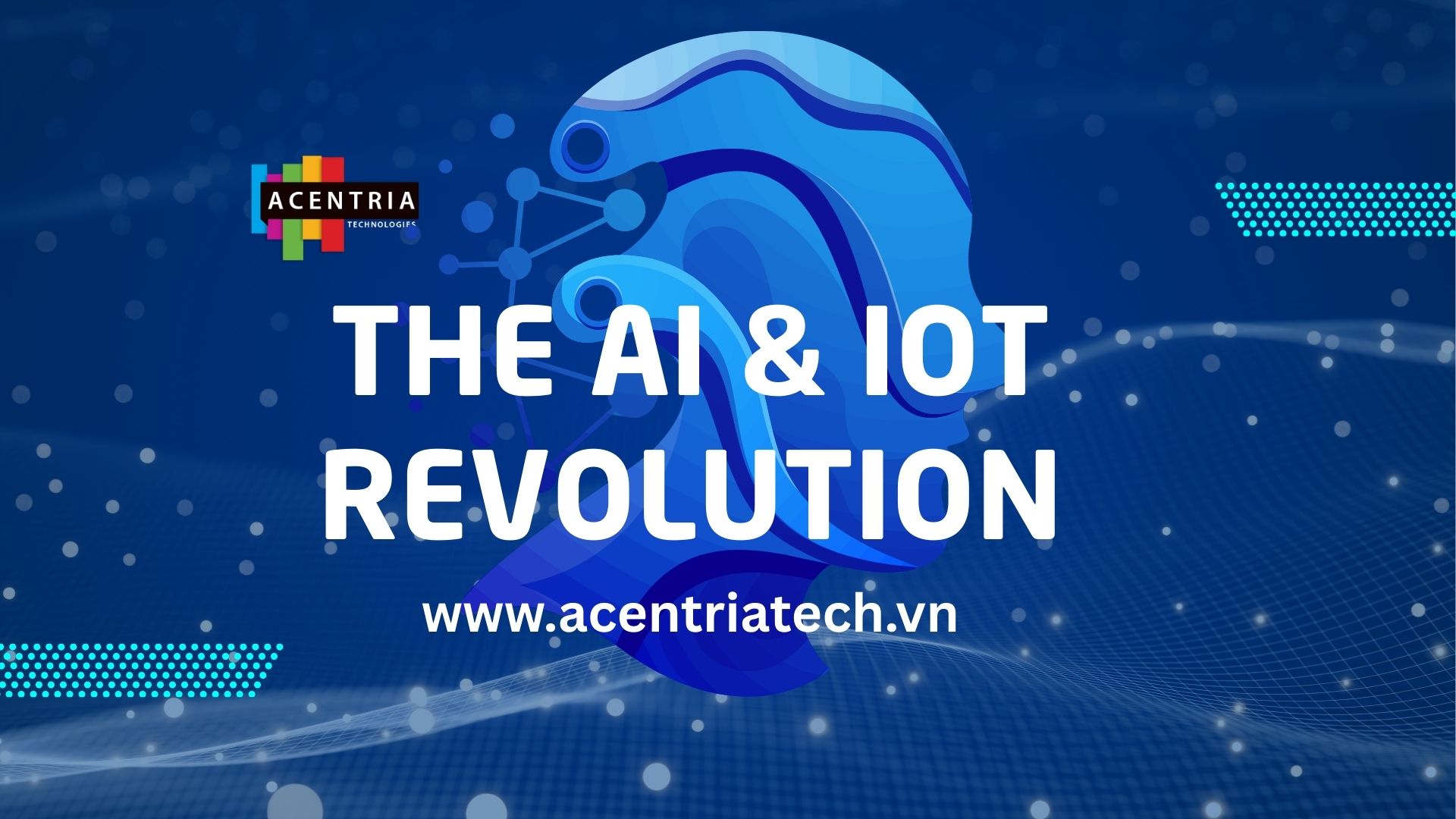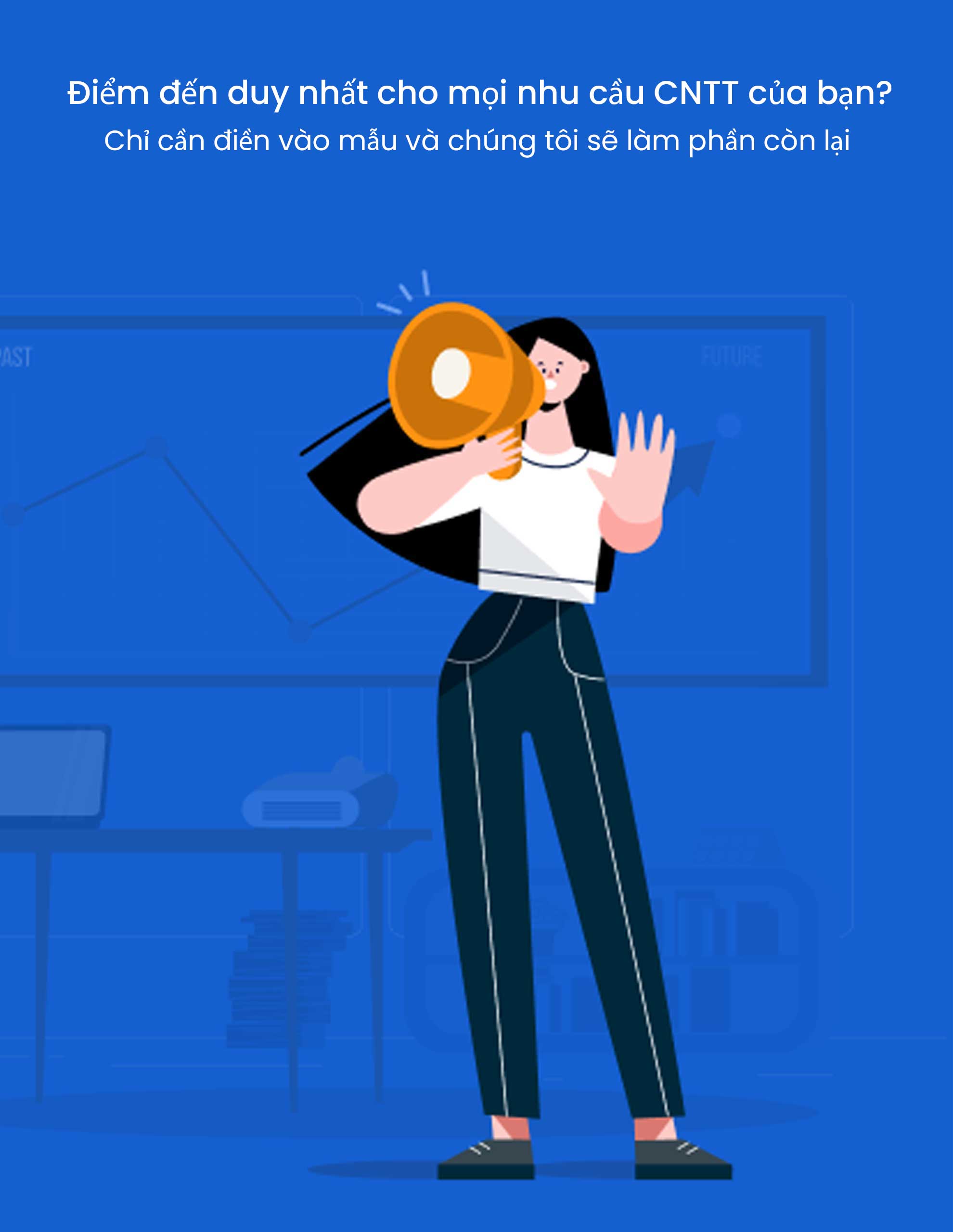The AI & IoT Revolution: A 2025 Must-Know for Tech Leaders
As we push deeper into 2025, two technological giants are reshaping the business landscape with remarkable velocity: artificial intelligence (AI) and the Internet of Things (IoT). This powerful duo is not just a passing trend but a transformational force that is revolutionizing how businesses operate, make decisions, and deliver value. For tech leaders, staying ahead of this curve is not optional—it’s imperative. Let’s dive into why AI and IoT are critical for future-forward organizations and how tech leaders can capitalize on this revolution.
Reimagining Business Strategy with AI and IoT
AI & IoT Revolution are no longer futuristic buzzwords; they are at the core of strategic business transformation. IoT enables real-time data collection from interconnected devices, while AI processes this data to derive actionable insights. Together, they fuel intelligent ecosystems that can optimize operations, enhance customer experiences, and uncover new business opportunities.
Organizations across industries are embedding AI & IoT Revolution into their digital strategies to gain a competitive edge. From smart factories in manufacturing to predictive maintenance in utilities and personalized retail experiences, these technologies are becoming foundational elements of modern enterprises.
Enhancing Operations Through Intelligent Decision-Making and Automation
One of the most compelling advantages of combining AI and IoT is the ability to enhance decision-making and automate complex processes. IoT devices collect a vast amount of real-time data. AI algorithms then analyze this data to identify patterns, predict outcomes, and recommend or execute actions.
For instance, in logistics, AI can process data from GPS, RFID tags, and traffic systems to reroute deliveries dynamically, reducing fuel costs and improving delivery timelines. In agriculture, IoT sensors monitor soil moisture and climate conditions, while AI & IoT Revolution systems determine the optimal times for watering and harvesting.
This synergy not only improves efficiency but also enables businesses to respond proactively rather than reactively, a game-changer in today’s fast-paced market.
Case Study Spotlight: Predictive Analytics in Manufacturing
Consider the manufacturing sector, where predictive analytics powered by AI & IoT Revolution is driving impressive results. One prominent example is the implementation of predictive maintenance systems.
Traditionally, equipment maintenance was either reactive (fix after failure) or scheduled (regardless of actual wear and tear). Now, IoT sensors embedded in machinery continuously monitor parameters such as vibration, temperature, and usage. AI models analyze this data to predict when a machine is likely to fail, allowing for timely maintenance.
This approach reduces unplanned downtime, extends equipment lifespan, and cuts maintenance costs. Companies like Siemens and GE are leveraging these technologies to create smarter factories, enabling them to respond to issues before they escalate.
Next Steps: What Tech Leaders Should Do Now
With such transformative potential, tech leaders need a clear roadmap to leverage AI and IoT effectively. It’s not just about adopting the technology but about integrating it into the business culture, processes, and long-term strategy.
Prioritize Scalable and Adaptive Infrastructure
The foundation of a successful AI & IoT Revolution strategy lies in scalable, robust infrastructure. This means cloud-native platforms, edge computing capabilities, and secure data pipelines that can handle vast volumes of real-time data.
Tech leaders should invest in infrastructure that not only supports current needs but is also flexible enough to adapt to emerging technologies and growing data demands. A hybrid cloud strategy, for example, can offer the scalability of public cloud with the control of private environments.
Foster Cross-Functional Collaboration Across Disciplines
Successful AI & IoT Revolution implementations require collaboration between various teams: data scientists, AI developers, IoT engineers, and business stakeholders. Cross-functional teams can bridge the gap between technical capabilities and business goals, ensuring that innovations align with organizational strategy.
Encouraging a culture of collaboration, experimentation, and continuous learning is essential. Regular workshops, cross-team projects, and leadership support can go a long way in breaking silos and driving innovation.
Final Thoughts: Embrace the Evolution
The convergence of AI & IoT Revolution is not a distant vision; it is here and now. The organizations that recognize its potential and act decisively will be the ones that lead their industries into the future. For tech leaders, the mission is clear: embrace these technologies not just as tools, but as strategic enablers of innovation, efficiency, and growth.
In 2025, standing still is falling behind. The AI and IoT revolution is underway, and the time to lead is now.




